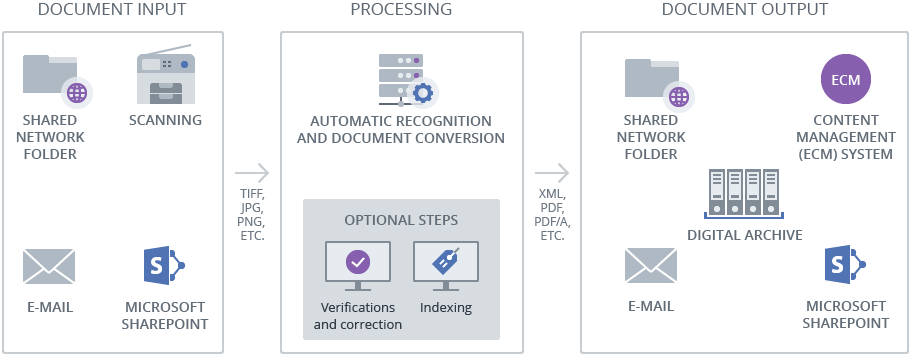
Here you will be able to see all the input and output keys available. So only the input keys may be able to improve the OCR. At the moment the only input key tested properly, by this I mean a quantitative testing and not only a qualitative one, is the recognition language key, which actually improves the result. The output keys are just export options, they affect the layout and coding of the output file for a particular format, this is not relevant for our purpose of evaluating the quality of the OCR process.

table and barcode analysis, recognition keys). There are many keys (options) for the input file, which involve image processing and analysis (ex. The output file is the export file and it can be in any of these formats: The input file is an image that can be in any of the following formats: The input and output file must be specified. The -f flag indicates the format of the output file, by specifying the format of the file you can now insert output options that have to do with this particular file type. They must be followed by the file name and be preceded by the options So they are supposed to be followed by the (input or output) file name, and also to be preceded by any options to process the file (this are not compulsory). The flags -if and -of stand for input file and output file, respectively. So every statement begins with the word abbyyocr11 The command-line instruction to ask ABBYY to do OCR on an image has this base structure:Ībbyyocr11 -if -f format -of

We are using ABBYY FineReader Engine, version 11, in its Command Line Interface (CLI) for Linux. We have been testing how well ABBYY does OCR on a Italian opera libretto. ABBYY FineReader is an optical character recognition (OCR) software.


 0 kommentar(er)
0 kommentar(er)
